 Coming up with healthy and creative kids’ lunchbox ideas can be a chore. If you’re like us, you start a new school term full of wild concepts including vegetables and salad. Three weeks down the line it’s Vegemite or nothing.
Coming up with healthy and creative kids’ lunchbox ideas can be a chore. If you’re like us, you start a new school term full of wild concepts including vegetables and salad. Three weeks down the line it’s Vegemite or nothing.
“A lunch box should be about balance; use less packaged food and don’t forget the occasional treat,” says Elizabeth-Anne Theodoros, CEO and owner of Dipsy Dips (dipsy-dips.com). “The last thing parents and guardians need is more pressure, especially in these trying times. So much food can be pre-prepared and frozen, so make batch cooking your friend.”
Here she shares how to keep things tasty, nourishing, and interesting.
What’s on your hitlist for a healthy lunchbox for kids?
Ideally a lunchbox has some complex carbs like breads, grains and protein like chicken or eggs. Think of easy to eat foods in small portions, plus a little treat. The key is to give children foods that will actually get eaten.
Where should you start?
I pretty much ate the same lunch every day at school back in Australia, with the exception of a Tuck Shop lunch once a week! So I’d recommend getting your little people involved. Ask what they’d like, and create a balance from there. Wraps seem to be having a moment. A lot of children love pasta salads or fried rice, but add a piece of cut-up fruit to the box. Muesli bars and bliss balls can be frozen if you make a batch. Keep it simple, and keep fun or fancy food for the weekends and special occasions.
Where’s good to shop for healthy foods in Singapore?
I love Culina for unusual ingredients, and I also pick up food from wet markets. Nothing lasts very long in this humid climate, so it’s important to do regular supermarket visits to make sure you have fresh produce.
What drinks work?
Water is always best and all that’s really needed. Add freshly squeezed juice to the water to make it more fun. Coconut water is also great for busy little bodies in Singapore’s heat.
How can you make your life easier when prepping lunch every day?
So much can be frozen and wrapped in single portions. For instance, a ham and cheese sandwich freezes perfectly and will defrost by midday. Vegetables do not freeze for sandwich fillings but simple proteins do. Buy a good quality loaf of bread and pop a batch of sandwiches in the freezer. Vegetable sticks can be prepared and cut and stored in water in the fridge – they’ll last around 3-4 days and stay crisp.
Tell us about your collaboration with Little Farms …
I’m thrilled to be launching Dipsy Dips – a range of eight dips – with Little Farms in the new year. So far there are five versions of hummus, including Original, Fresh Herbs, Thai Pumpkin & Peanut, Sweet Chilli & Ginger Jam and an Almond Dukkah. I have soaked a tonne of chickpeas, squeezed many lemons and peeled thousands of garlic cloves! Little Farms only deals with local artisans to maintain the freshest ingredients, which is so important when most of Singapore’s food is imported.
How can you upgrade lunchboxes for teens and adults?
Choose foods that can be heated or served in a thermos. I send my partner to work with meals such as chilli, slow braised chicken cacciatore, pulled pork and simple stir-fries with minimum sauce that I batch cook on a Sunday.
More of Elizabeth’s box-faves
- Savoury muffins
- Falafel
- Curry puffs
- Noodle & pasta salads
- Corn fritters
- Frittata
- Hard boiled eggs
- Vegetable sushi
- Meatballs
- Pumpkin & feta sausage rolls
- Greek salad without dressing
- Marinated chicken legs
- Hummus with vegetables for dipping
- Easy to peel fruit or cut-up fruit
- Crunchy veg like broccoli, snow peas, sweet beans, mini capsicum, cherry tomatoes, olives, celery & carrot
 Pita Bread Pizzas
Pita Bread Pizzas
- Individual pita breads
- Tomato paste or tinned chopped tomatoes.
- Cheddar or mozzarella
- Vegetables such as olives, roasted cherry tomatoes, red peppers, mushrooms and roasted eggplant (as requested by my young friend, Fred)
- Parmesan cheese
1. Spread a spoonful of tomato paste or tinned chopped tomatoes onto the pita bread.
2. Scatter on cheddar or mozzarella.
3. Top with vegetables.
4. Top with a tiny sprinkling of cheese and cook in a hot oven for five minutes or until bubbling.
“These will store for three days. Replace the turkey and spinach with chopped ham, cheddar cheese, peas, feta, roasted vegetables, herbs or roast pumpkin and feta”
 Mini Frittata
Mini Frittata
- 6 eggs
- ½ cup of cream
- 1 cup baby spinach chopped
- 100g cooked smoked turkey
- 2 spring onions finely chopped
- Salt & pepper
1. Preheat oven to 180 degrees and grease a muffin pan. You can also pop the mixture into patty pans.
2. Whisk eggs and cream in a bowl.
3. Add spinach, turkey, spring onions and salt and pepper, and spoon into the prepared muffin pans.
4. Cook for 15-20 minutes. Allow to cool.
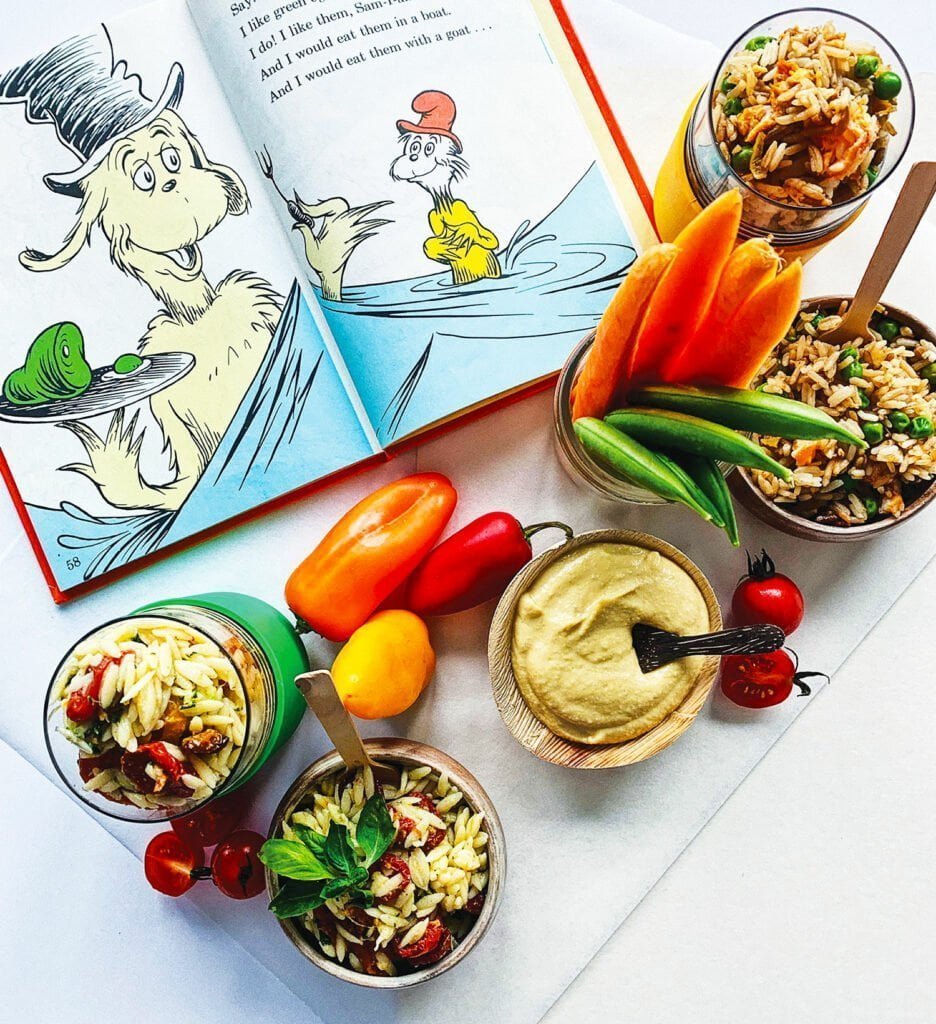 Pesto Pasta Salad
Pesto Pasta Salad
- Cooked pasta shapes of choice
- Pesto made with 1 bunch of basil, 1 cup grated parmesan, pepper and
olive oil - Oven dried cherry tomatoes (cook halved tomatoes on baking paper for two hours at 120o C)
1. Mix pasta with pesto to coat.
2. Add as many tomatoes as is your preference.
Simple Fried Rice
- 3 cups cooked jasmine rice
- 1 small onion finely chopped
- 20g finely grated ginger (optional)
- 20g finely grated garlic (optional)
- 1 tbsp sesame oil
- 1 egg
- 1 cup peas (or other vegetables) in small pieces
- Soy sauce or Tamari
1. Heat a frying pan. Add sesame oil, onions, ginger and garlic and fry until translucent.
2. Add the cold rice and move around the pan until the rice starts separating. You may need more oil – cook until hot.
3. Move the rice to the side of the pan, break the egg into the pan and allow to nearly cook.
4. Break up the egg and mix it into the rice, followed by the peas (or other vegetables).
5. Add soy sauce or Tamari. Optional salt to taste.
For more foodie ideas log onto dipsy-dips.com. Follow Elizabeth @fooshionista @dipsy-dips


 This week marks the 80th anniversary of the Fall of Singapore to the Japanese. To commemorate this, The National Heritage Board’s annual
This week marks the 80th anniversary of the Fall of Singapore to the Japanese. To commemorate this, The National Heritage Board’s annual 
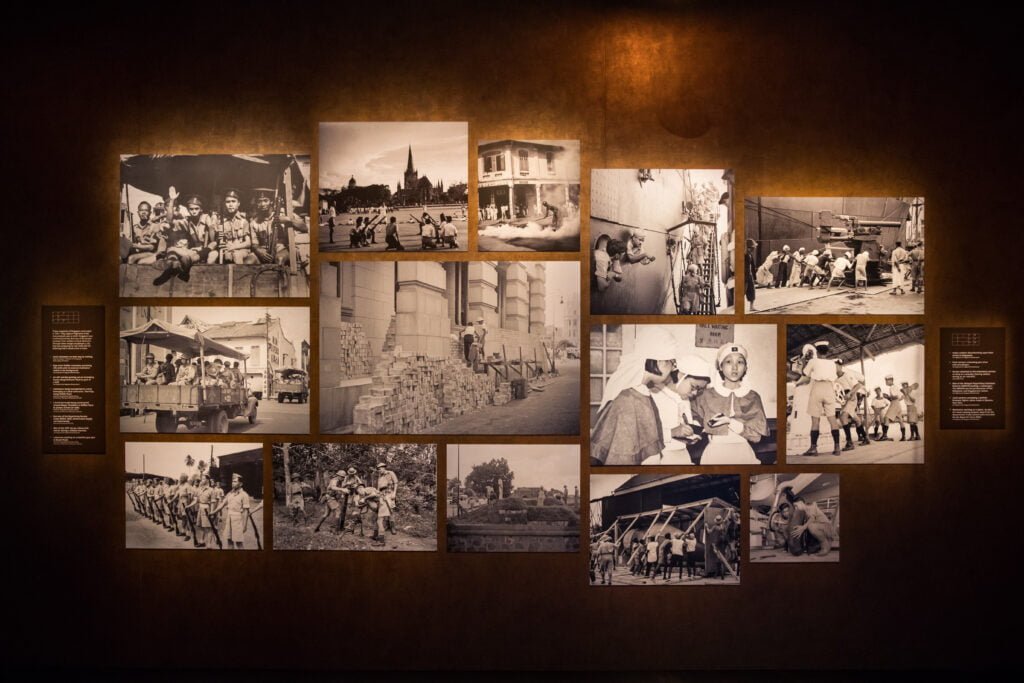
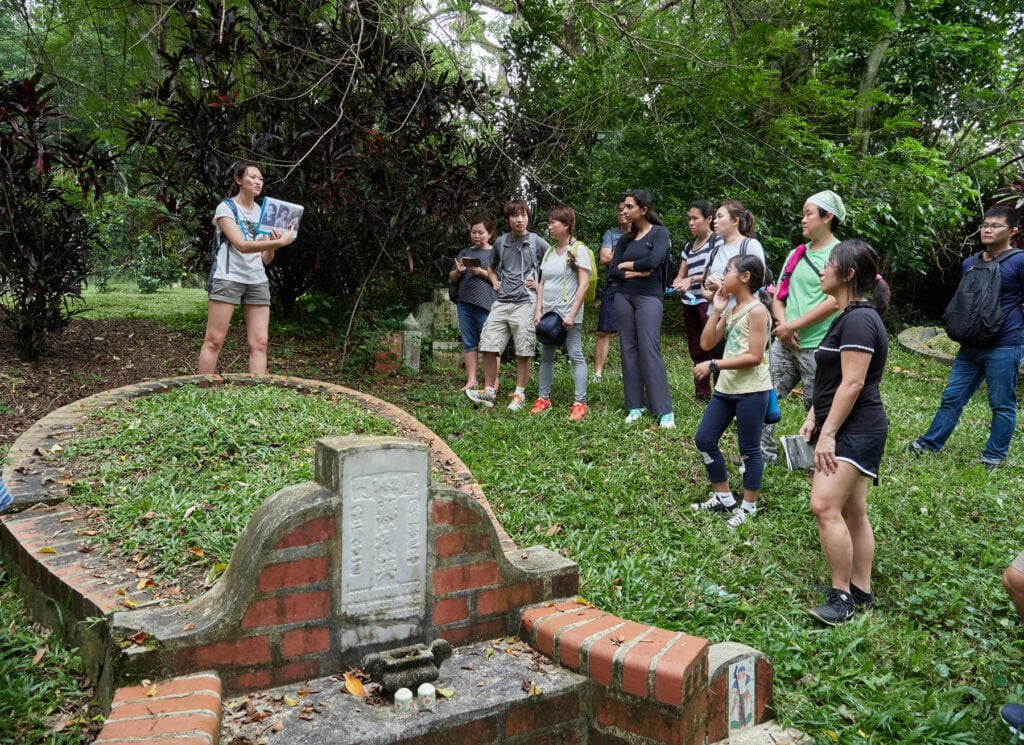


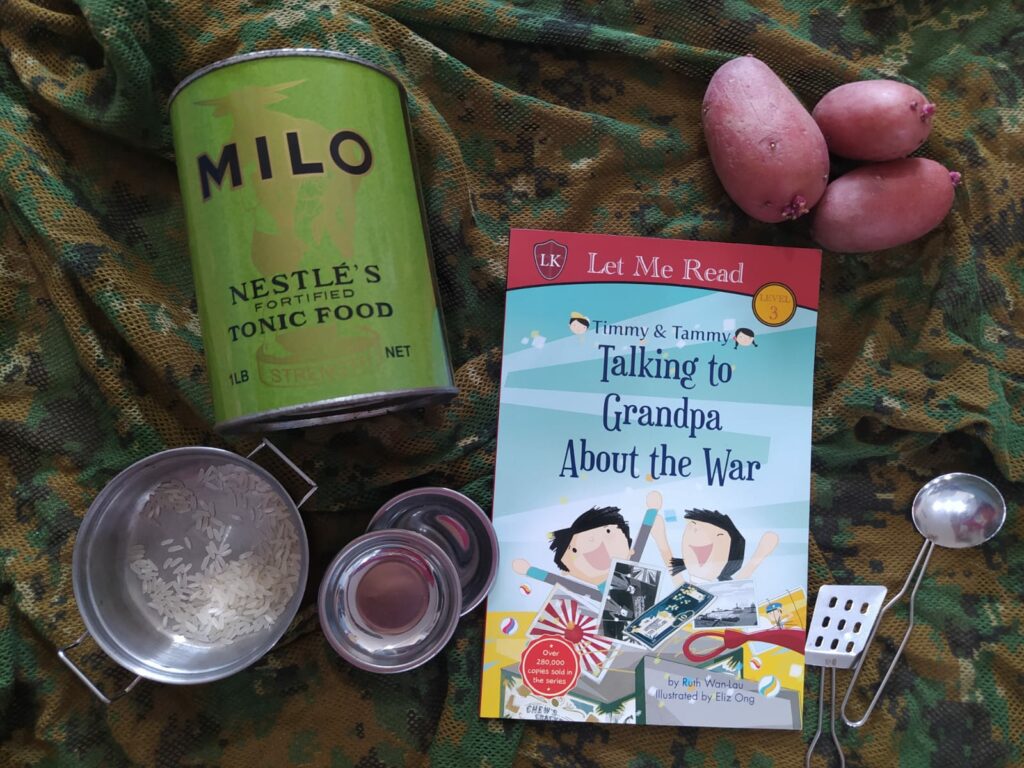
 That was 38 years ago when a small team of 20 volunteers were on board. Today, Tinkle Friend continues to be operated by 40 trained volunteers and staff, and their helpline has grown with the times to include an online chat function on their website, tinklefriend.sg. Their longest-serving volunteer, Madam Sarasa, has given 35 years of service alongside the likes of university students, counsellors, retired teachers, tuition teachers, property agents and IT professionals.
That was 38 years ago when a small team of 20 volunteers were on board. Today, Tinkle Friend continues to be operated by 40 trained volunteers and staff, and their helpline has grown with the times to include an online chat function on their website, tinklefriend.sg. Their longest-serving volunteer, Madam Sarasa, has given 35 years of service alongside the likes of university students, counsellors, retired teachers, tuition teachers, property agents and IT professionals. How many calls and chats are volunteers expected to take during a session?
How many calls and chats are volunteers expected to take during a session?
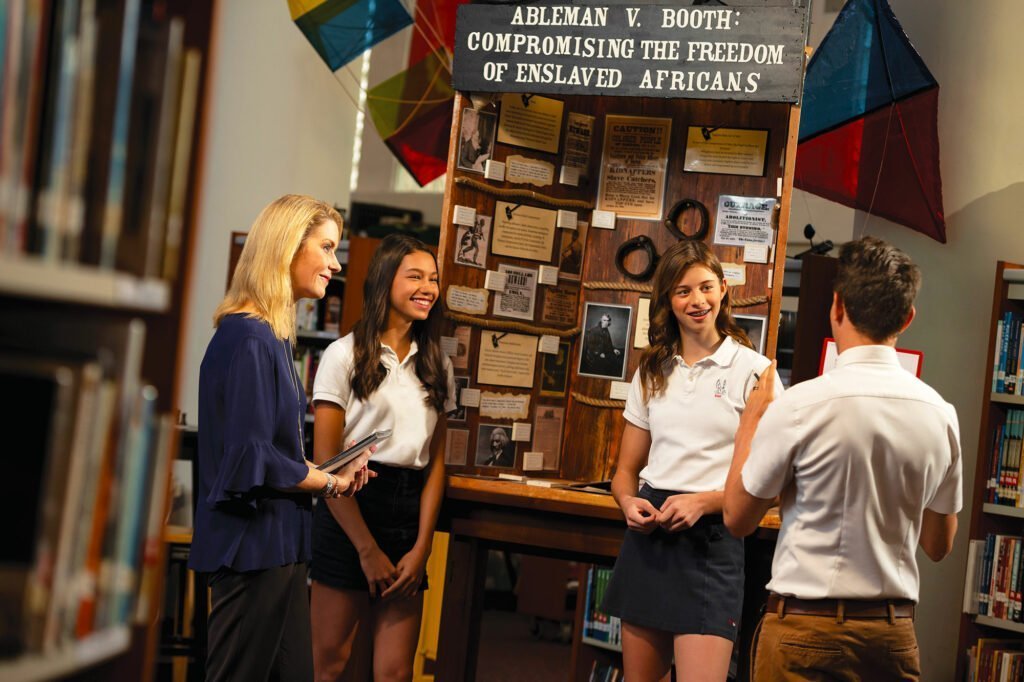 Professional development & coaching
Professional development & coaching Research & development
Research & development High-quality resources
High-quality resources The new campus is using the WELL standard as a roadmap in the design process. Educators are involved at every stage of the design process to ensure that each room, space, playground, cafeteria, and venue can be used to meet the needs of students. One example of this can be seen in the 175 percent increase in play space that is planned for the new elementary school. Research reveals a direct positive connection between learning and movement, so the school has been mindful about expanding areas for purposeful play across campus, not just for today’s young generation, but for all the SAS students to come.
The new campus is using the WELL standard as a roadmap in the design process. Educators are involved at every stage of the design process to ensure that each room, space, playground, cafeteria, and venue can be used to meet the needs of students. One example of this can be seen in the 175 percent increase in play space that is planned for the new elementary school. Research reveals a direct positive connection between learning and movement, so the school has been mindful about expanding areas for purposeful play across campus, not just for today’s young generation, but for all the SAS students to come.
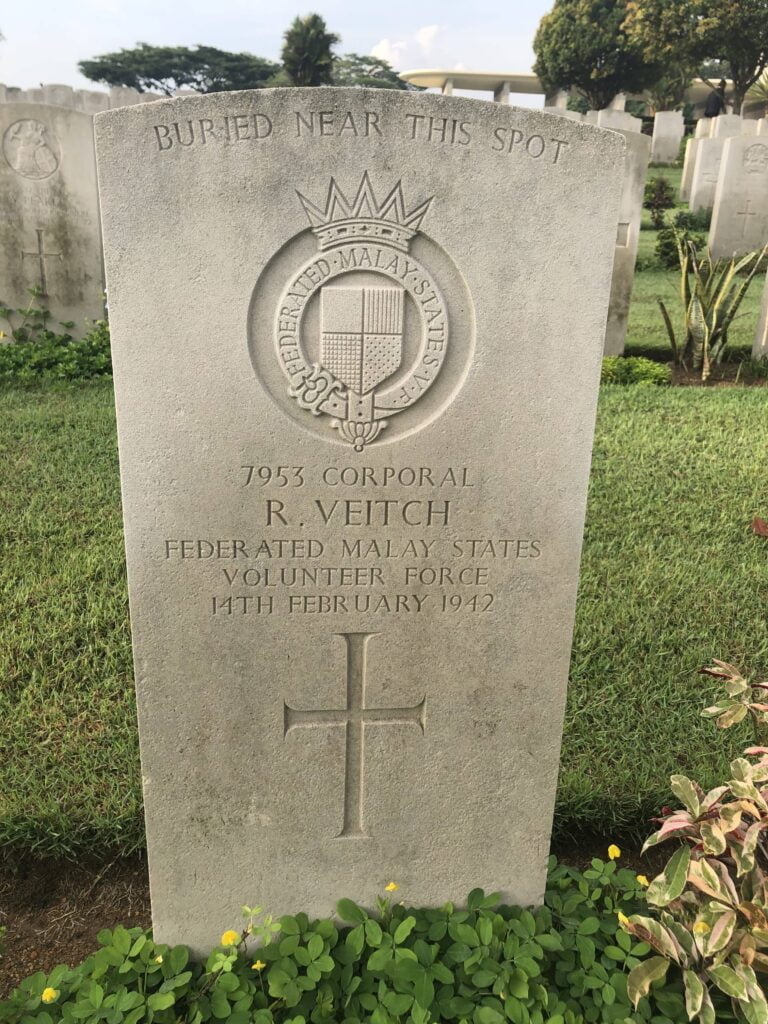

 Your photos are only in the cloud
Your photos are only in the cloud You don’t have robust backup
You don’t have robust backup Y
Y Get a group of females together and they can talk about anything from pedicures to politics to travelling solo around Peru. Read any of the many Facebook forums dedicated to women, where they are happy to share tips, and you’ll find a wealth of knowledge on myriad different topics. Yet, there is one subject females tend to shy away from in comparison to others – their relationship with money and investing.
Get a group of females together and they can talk about anything from pedicures to politics to travelling solo around Peru. Read any of the many Facebook forums dedicated to women, where they are happy to share tips, and you’ll find a wealth of knowledge on myriad different topics. Yet, there is one subject females tend to shy away from in comparison to others – their relationship with money and investing.


 T
T Steve Settle works in tandem with Tristan Perry, Head of Tax at Select Investors Australia, to support expatriates with financial wellbeing through integrated tax and wealth planning during their time in Singapore and beyond.
Steve Settle works in tandem with Tristan Perry, Head of Tax at Select Investors Australia, to support expatriates with financial wellbeing through integrated tax and wealth planning during their time in Singapore and beyond. Contact Steve on
Contact Steve on